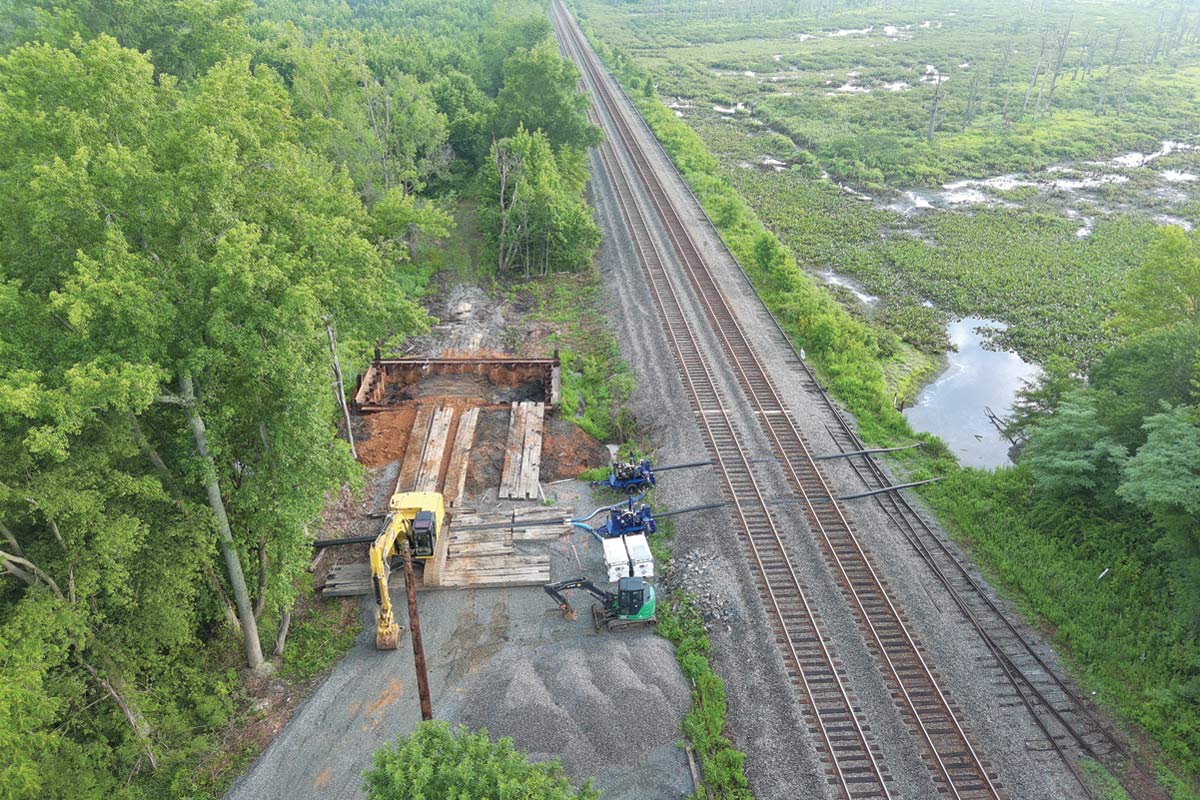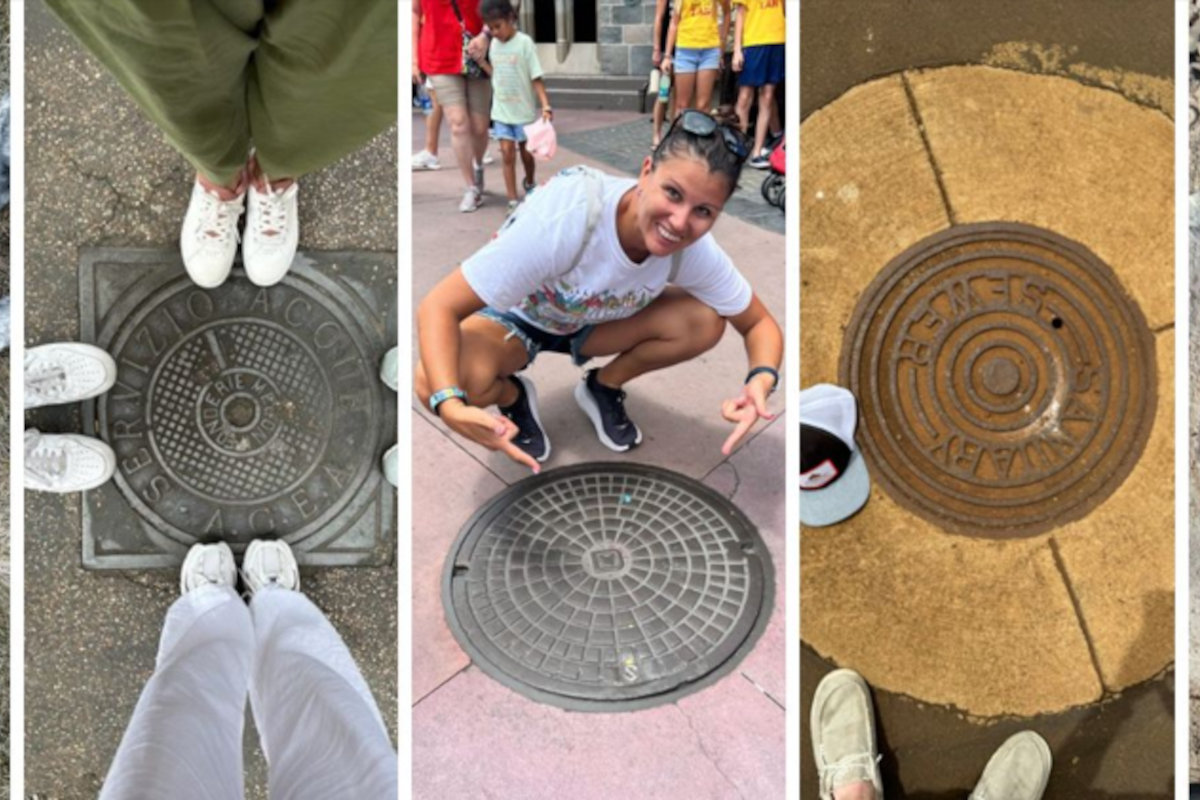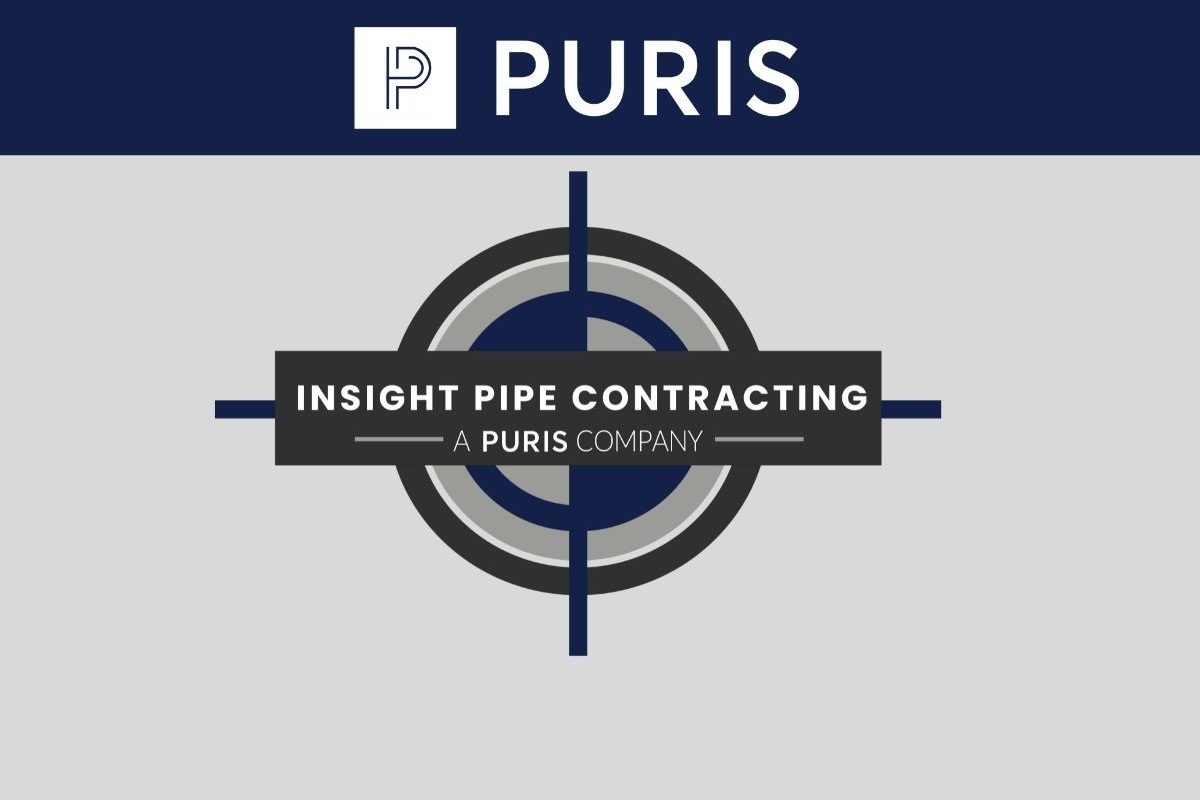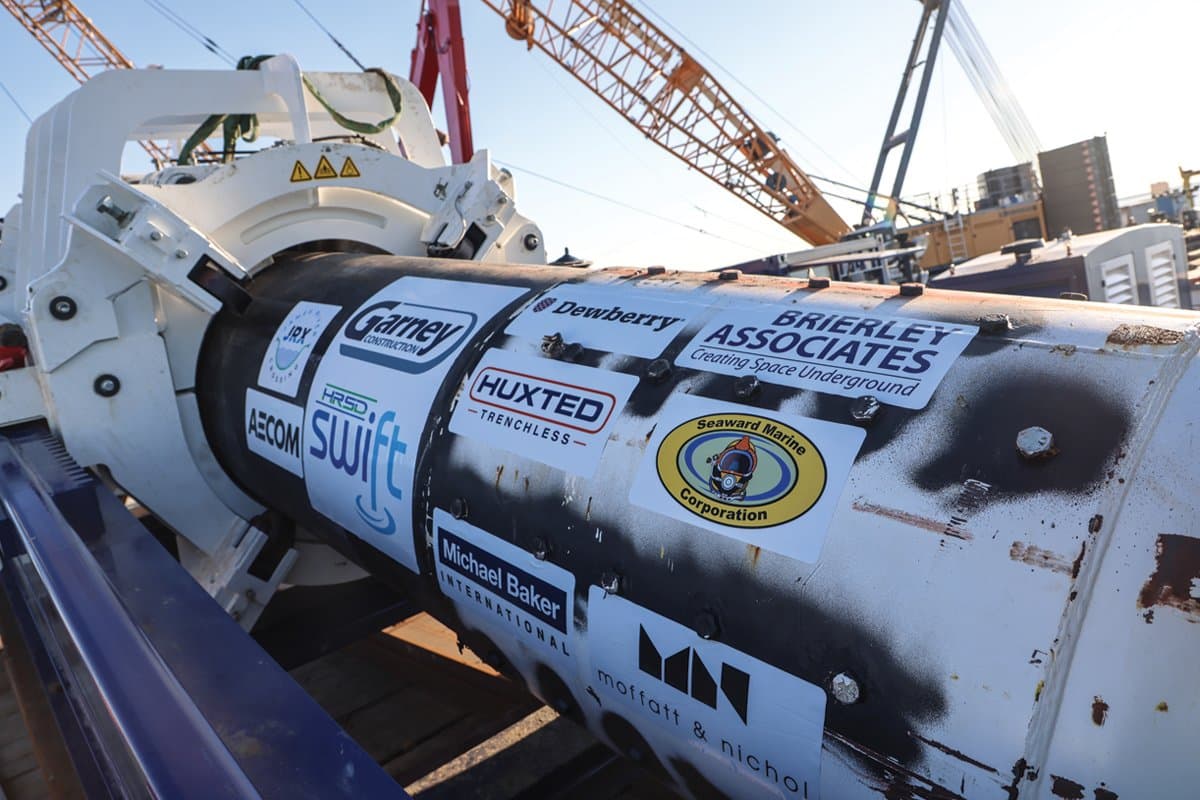
AREMA Updates Utility Crossings Component of Manual for Railway Engineering
Subcommittee’s Input Improves Critical Document for Working on Railway Property
A large, and often under discussed segment of the trenchless industry involves working under and around railways. The American Railway Engineering and Maintenance-of-Way Association (AREMA) helps set standards and best practices for working in this sector.
Over the last several years Subcommittee 5: Utilities, within Technical Committee 1 of AREMA, undertook the task of updating the section of the Manual for Railway Engineering (Chapter 1: Roadway & Ballast; Section 5: Utilities) that covers utility crossings for railroad property.
Over the years since the document was first created the subchapter had been pieced together as different utility design and construction practices had evolved.
As a result, the manual had conflicting and redundant information. Some of the challenges in using the old document included illogical flow, unclear requirements, as well as being difficult to read and comprehend.
AREMA Subcommittee Goals
The subcommittee initially formed to reorganize the existing information to improve upon the usefulness of the document to make it easier for all parties to use. However, once they started, they determined a complete rewrite of the section was really needed.
Working on the Section 5 subcommittee were members from across the United States representing four Class 1 railroads, trenchless contractors, pipeline companies and rail engineering consultants. The goal for all parties is to help resolve some of the difficulties people have when working with the railroads.
In the revised document redundancy and conflicts were resolved, general process and safety information were added, and the layout was re-arranged into a sequence of sections based on a normal project flow. With the revisions, the document is improved to allow for future scalability and new content to be added and hopefully keep from the document becoming as difficult to use as it previously was.
The subcommittee hopes that by reworking and publishing the document it will provide many benefits for utility agencies whose project cross railway property; helping applicants in the permitting process to more easily obtain an agreement with a railroad.
2024 Changes, Additions
Some of the major new additions cover the application process on what to expect and proper project flow. Also safety guidelines were added including shoring guidelines. Even with additional information added, the group was able to reduce this section of the manual by 48 percent.
Some of the ways this was accomplished was cutting information that is readily available by other organizations. Instead, the document references best practices published by ASCE, NASTT, NUCA and others. When these best practices are updated, they are incorporated into AREMA’s Manual for Railroad Engineering without requiring updates to the AREMA document.
It was also reworked, so when you look at a methodology for installation you do not have to repeat what some of the expectations may be, such as ground monitoring, erosion control, dewatering, soil stabilization, backfill, obstructions encountered, etc.
One of the big changes found in the revision is casing wall thickness requirements. In the past the manual had different wall thicknesses if the casing was coated or cathodically protected. However, there was not much on what that meant, resulting in inconsistencies in how this was enforced by various parties. In the new manual there is one thickness based on pipe size instead of two.
Another important addition into the document is a chart showing the suitability for auger boring in various ground conditions.
All the previous methodologies for installation were included in the document and are covered under the construction section. Currently the construction section covers auger boring, horizontal directional drilling, microtunneling, railplow and open cut.
This new layout allows for additional methodologies for utility installation to be added or expanded upon in the future. The subcommittee is working to expand the auger boring section further, as well as adding additional information on pipe ramming.
Key Takeaways
Despite the new, easier to read flow, it is encouraged that all parties involved in a project become familiar with the entire document. This is key to a successful project.
Also remember that this is a living and breathing document. Even if you have a copy from 2024, changes are made every year with additional sections and clarifications. It is also important to remember that a railroad company may adopt its own requirements that can be more, or less, stringent than what is laid out in this manual. Before starting any project, be cognizant of the specifications or guidelines for the specific railroad.
Some people may find the railroads difficult to work with (and they can be) it is not the intent of the railroads to make things impossible to get things done. The railroads want to make sure that they will not be negatively impacted by the work being performed on their property.
It’s important to remember that railroads are large real estate holders and are processing numerous requests to cross or access their private property throughout the year. The better informed all parties are when applying for these permits will help to expedite the process. This will hopefully reduce the amount of back and forth that typically happens before a permit is approved.




